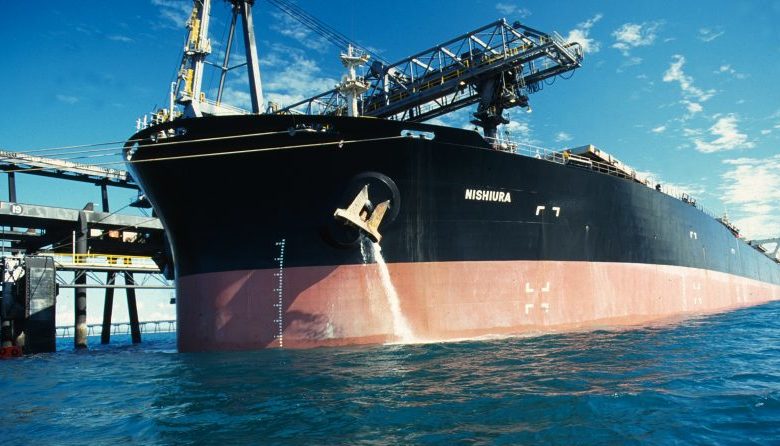Shipowners urge IMO to bring clarity on ballast water

International shipping bodies have reacted with concern that there is now less than 12 months to go until the IMO’s Ballast Water Management Convention (BWMC) comes into force.
Finland’s decision yesterday to ratify the convention took the number of countries passed the minimum needed to trigger the official 12 month countdown till the legislation is enacted.
The International Chamber of Shipping (ICS) said now it is more vital than ever that IMO Member States finalise the revision of the G8 Type Approval Guidelines for treatment systems at the next session of the IMO Marine Environment Protection Committee this October.
ICS chairman, Esben Poulsson said: “We must ensure that shipowners can have absolute confidence that the expensive equipment they will soon have to install will be effective in treating ballast water conditions normally encountered during worldwide operations and be regarded as fully compliant during Port State Control inspections.
“The fixing of a definite implementation date, after so many years of delay, will at least gives shipowners some of the certainty needed to make important decisions about whether to refit the new mandatory treatment equipment or otherwise to start sending ships for early recycling. Unfortunately, the entry into force of the new IMO regime will not resolve the extreme difficulties that still exist in the United States.”
ICS says there is still great uncertainty with respect to the more stringent US approval regime for treatment equipment, which started to be enforced in January 2014.
The US regulations require all ships that discharge ballast water in US waters to use a treatment system approved by the U.S. Coast Guard. However, because no systems have yet been approved, ships already required to comply with the US regulations have either been granted extensions to the dates for fitting the required treatment systems or else permitted to install a USCG accepted Alternate Management System (AMS), in practice a system type-approved in accordance with the current IMO guidelines.
However, an AMS will only be accepted for operation for five years, after which time a fully USCG approved system must be installed. But the USCG does not guarantee that an AMS will be subsequently granted full approval. Hence shipowners that may have installed an AMS in good faith, at a cost of between $1m and $5m per ship, might then have to replace the system completely after only five years.
“The impasse in the US is a particular concern for operators that have installed ultra-violet systems,” observed Poulsson.
ICS says that the situation has been compounded by the Coast Guard announcing, at the end of last year, that it will not accept the methodology used by other IMO Member States to approve UV treatment systems when assessing the number of viable organisms in treated ballast water.
Similarly, BIMCO, the global shipowners association, said it is “deeply concerned” that the convention will enter into force leaving shipowners without treatment systems approved for global use.
Lars Robert Pederson, deputy secretary general at BIMCO, commented: “BIMCO is deeply concerned about the prospect of our members having to install treatment systems now which later may not be approved for use in US waters. This is because the US has not yet approved treatment systems that comply to its own, more stringent, national standards.”
Pederson echoed Poulsson urging IMO to expedite the revision of their G8 guidelines for approval of ballast water treatment systems.
